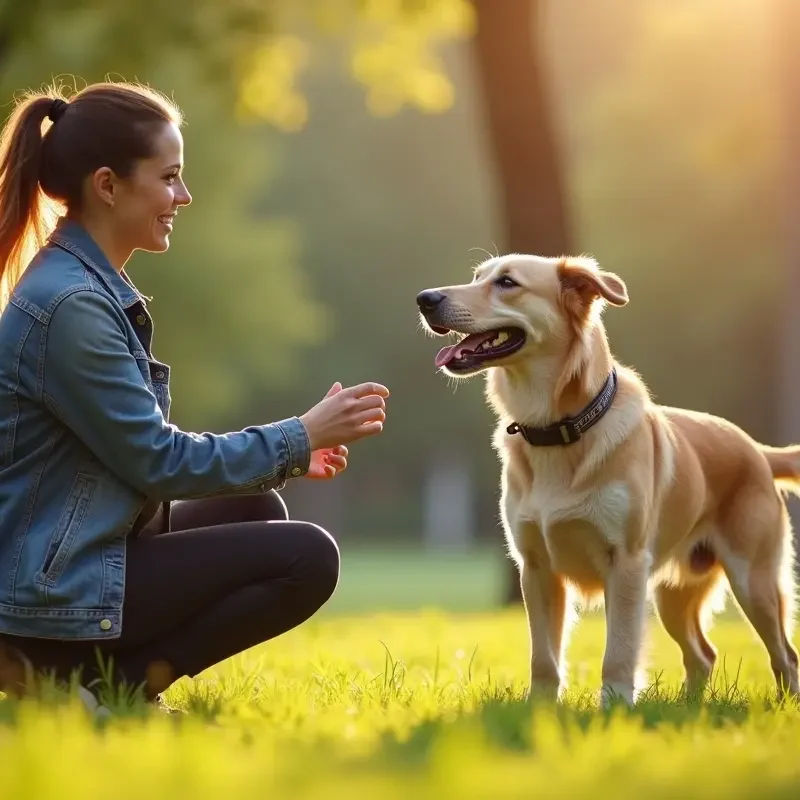Dog training is not just about obedience—it’s about nurturing a lively, trusting, and joyful relationship between you and your furry companion. You’ll improve behavior and enrich your pet’s overall well-being by approaching training with creativity and positivity. Programs like Pawhootz Obedience School focus on this holistic approach, making the journey enjoyable for both pet and owner.
Embracing unique, engaging methods can tap into your dog’s instincts, build confidence, and foster deeper bonds. Turning daily interactions into learning opportunities transforms routine commands into fun and fulfilling experiences, ensuring every session brings tail wags and smiles.
Positive Reinforcement: The Foundation of Happy Training
At the heart of practical training is positive reinforcement. Reward-based training with treats, praise, or play motivates dogs to repeat desirable behaviors and builds trust. Instead of focusing on mistakes, this method spotlights what your dog does right, fostering a sense of confidence and well-being. Positive reinforcement lays the groundwork for a securely bonded relationship, turning each session into an opportunity for shared joy rather than stress.
Interactive Play: Engaging Your Dog’s Mind and Body
Training shouldn’t feel like a chore. Interactive play—whether with puzzle toys, fetch, or tug-of-war—stimulates both the mind and the body. These games make learning exciting. Puzzle toys, for example, teach problem-solving and patience as your dog figures out how to access treats. Physical games strengthen muscles and provide much-needed outlets for your dog’s energy, reducing anxiety and destructive tendencies.
Enrichment Activities: Beyond Basic Commands
Dogs thrive when their minds and senses are engaged. Enrichment activities go a step further than basic command training. Nose work games, such as scent trails or treat hunts, satisfy instincts and sharpen cognitive skills. Agility courses can be set up at home using household items—think jump bars, tunnels, and weaving cones—which helps boost confidence, coordination, and focus. Enrichment doesn’t just prevent boredom; it can help resolve behavioral problems by channeling energy into productive avenues.
Taking your dog for new walking routes or exploring dog-friendly hiking trails also counts as enrichment, exposing them to new sights, sounds, and smells. Regular variety in activities leads to a more adaptable and less anxious companion, a benefit backed by research from the ASPCA.
Advanced Tricks: Challenging Your Dog’s Abilities
Once your dog has the basics down, challenge them with advanced tricks like rollover, spin, or “peekaboo.” These not only add an element of fun to your routines but also exercise your dog’s memory and coordination. Training complex behaviors step-by-step encourages patience for both pet and owner and can give your dog a deep sense of accomplishment.
Tips for Teaching Advanced Tricks
- Break tricks into manageable stages and use lots of positive reinforcement.
- Keep sessions short and upbeat to hold your dog’s attention.
- Celebrate small victories with high-value treats and genuine excitement.
Consistency and Simplicity: Keys to Effective Training
Dogs learn best when commands and expectations are consistent. Use clear, simple cues for each behavior—one word for each action, such as “sit” or “stay.” Be diligent: everyone in your household should use the same cues and reward behaviors identically. This uniformity prevents confusion and accelerates learning. Repeating daily commands and routines helps your dog internalize behaviors, making them second nature.
Mental Stimulation: Keeping Your Dog’s Mind Sharp
Just as physical exercise is essential for muscle health, mental stimulation keeps your dog’s brain active and agile. Incorporate brain games, trick training, and regular introduction of new toys to maintain cognitive health, especially as dogs age. Intellectually satisfied dogs are less likely to develop frustration-based behaviors like excessive barking or chewing.
According to the American Kennel Club, regular mental challenges are vital to your pet’s happiness and can delay the onset of age-related cognitive decline.
Real-Life Examples: Success Stories in Creative Training
Many pet owners have seen remarkable improvements in their dog’s behavior and happiness through these creative techniques. For example, a nationwide brain-training program that integrates positive reinforcement and interactive games has helped even stubborn dogs become more attentive and relaxed. One pet parent found that daily “find it” scent games dramatically reduced her dog’s separation anxiety, while another credits agility training for transforming her timid rescue into a confident, outgoing friend.
Conclusion
Embracing creative, positive dog training methods has far-reaching benefits for your dog’s emotional and behavioral health. Focusing on enrichment, advanced tricks, and consistency makes learning a joyful experience and deepens the connection with your pet. Patience, playfulness, and empathy are the cornerstones of a training journey that rewards you and your dog in countless ways.







